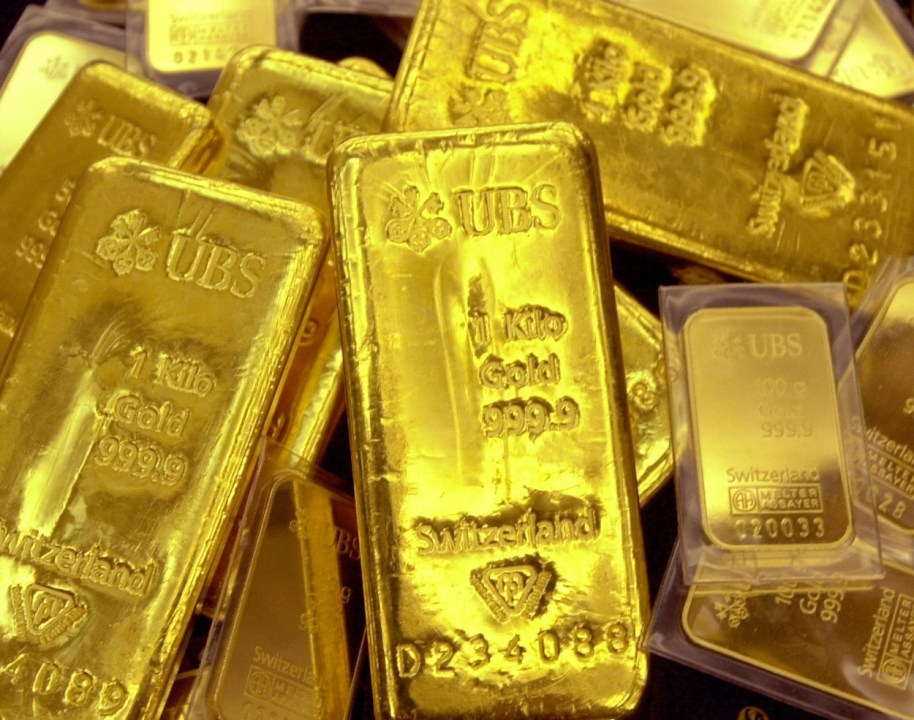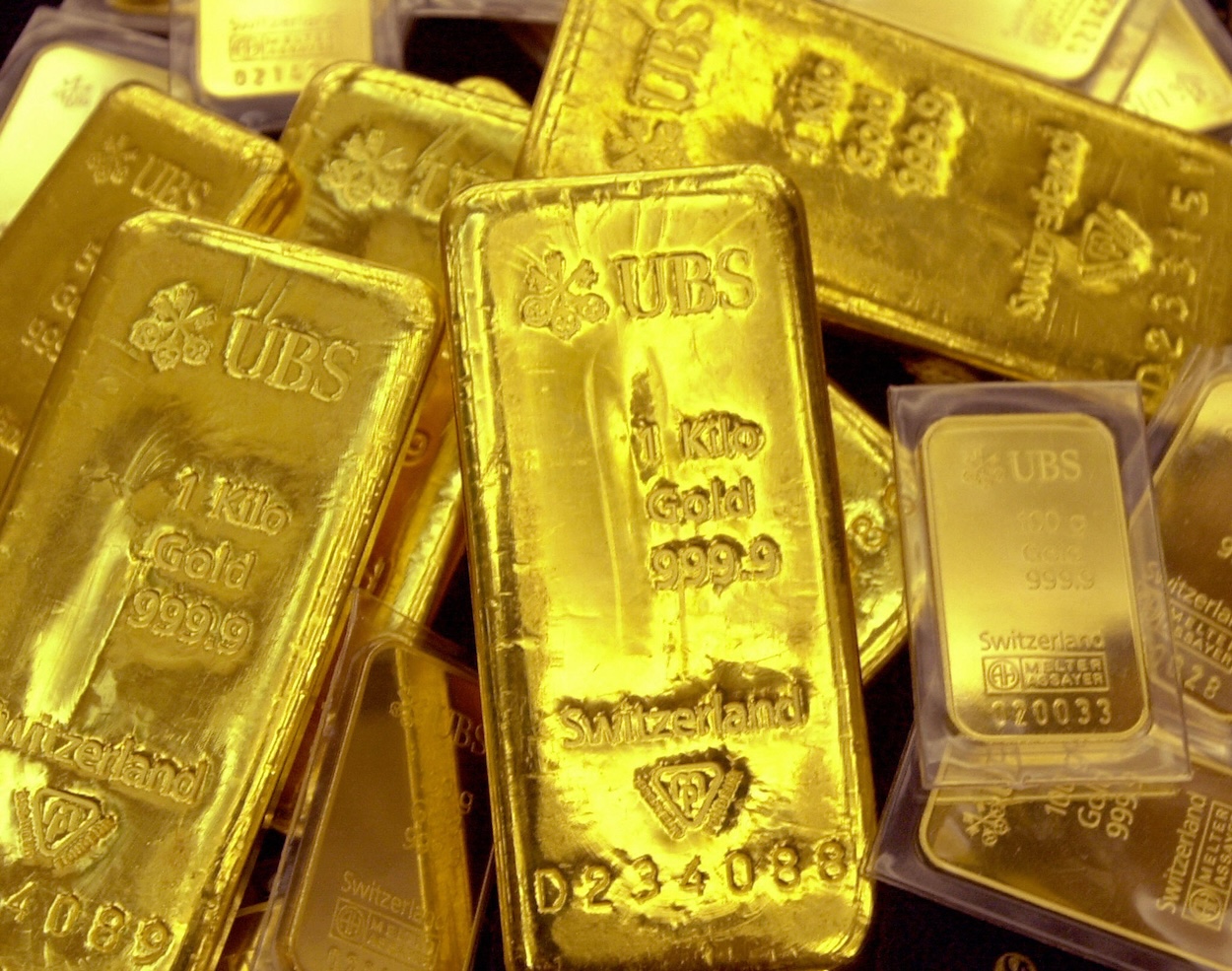On Tuesday, as the world teetered on the brink of war in the Middle East, the Financial Times’ front page focused on the possibility that holders of gold from France and Germany were considering moving their investments out of New York due to Donald Trump’s erratic policy shifts and general global turbulence. We are regularly told that the only safe way to preserve and save our wealth in the event of a total financial and economic collapse is to buy gold. Gold has long been the basis of national currencies, and even in the age of bitcoin it retains its age-old attraction, summed up in the phrases ‘gold standard’ or ‘gilt-edged’.
Meanwhile, the current hit drama series on terrestrial TV this month is simply titled The Gold – a fictionalised account of the aftermath of the Brink’s-Mat bullion robbery in 1983, when villains made off with £26 million in gold (worth £111 million today), along with diamonds and cash from a warehouse at Heathrow.
The most bizarre true crime story this year was surely the theft of a solid-gold working toilet from Blenheim Palace – birthplace of Winston Churchill and seat of the Duke of Marlborough. The thieves simply loaded the loo into the back of a van and drove it away. The toilet – temporarily housed at the palace for an art exhibition – is now thought to have been melted down into more manageable ingots, and has been replaced at Blenheim by a less valuable gold-painted replica for visitors to try out.
Another, more dignified, gold artefact to have vanished without trace was the gold rosary carried by the Catholic martyr Mary, Queen of Scots at her execution in 1587. The precious relic was stolen from Arundel Castle in West Sussex, seat of the Duke of Norfolk, in May 2021 and has never been recovered.
Just what is so attractive about gold, and what makes it a fundamental, lasting hallmark of value in an unstable and ever-changing world? Gold has been a prized commodity for creating coins and jewellery for thousands of years, valued by cultures as varied as ancient Egypt and the Aztecs of Mexico, and used for purposes sacred and profane – from the beautiful mask of the boy pharaoh Tutankhamun to the gold dildoes popular with ladies at the licentious court of Charles II.
It is a most adaptable metal – malleable, ductile and easily smelted – as well as being rather rare. But its major attraction is surely that it is so easy on the eye. Shiny and bright as it is, all that glitters may not be gold, but real gold has no equal.
During a youthful moment of drunken bravado, I had my nipples painted with gold leaf by a female gilder who helped restore Windsor Castle after the 1993 fire
Gold really came into its own during the 19th century when major deposits were discovered in California, Australia and South Africa, causing rushes of thousands of hopeful amateur miners and panners, on the slim chance of staking a profitable claim and making their fortunes. At around the same time, nations began to collect vast reserves of gold, which became the basis for assessing their gross wealth – the aforesaid ‘gold standard’. Stories like Treasure Island further boosted the mystique of gold, and these days detectorists now roam the land with their beeping devices in search of hoards of gold buried by unknown hands many centuries ago.
My own relationship with gold is shadowy. On my 18th birthday, my mother gave me her mother’s gold wedding ring, which has adorned my little finger ever since (and will be there till I die, as I can no longer remove it). Mum’s own wedding ring, however, was made from platinum – a dull metal that looks like lead, and which may have more cash value but has none of gold’s blingy glamour.
More intimately, during a youthful moment of drunken bravado, I had my nipples painted with gold leaf by a female gilder who helped restore Windsor Castle after the 1993 fire. The royals prefer gold to platinum for their wedding rings, which are traditionally made from the Welsh gold first discovered and mined by the conquering Romans. Gold is still good – but it shouldn’t be forgotten that even if you find pots of it at the end of a rainbow, you can’t eat the stuff.








Comments